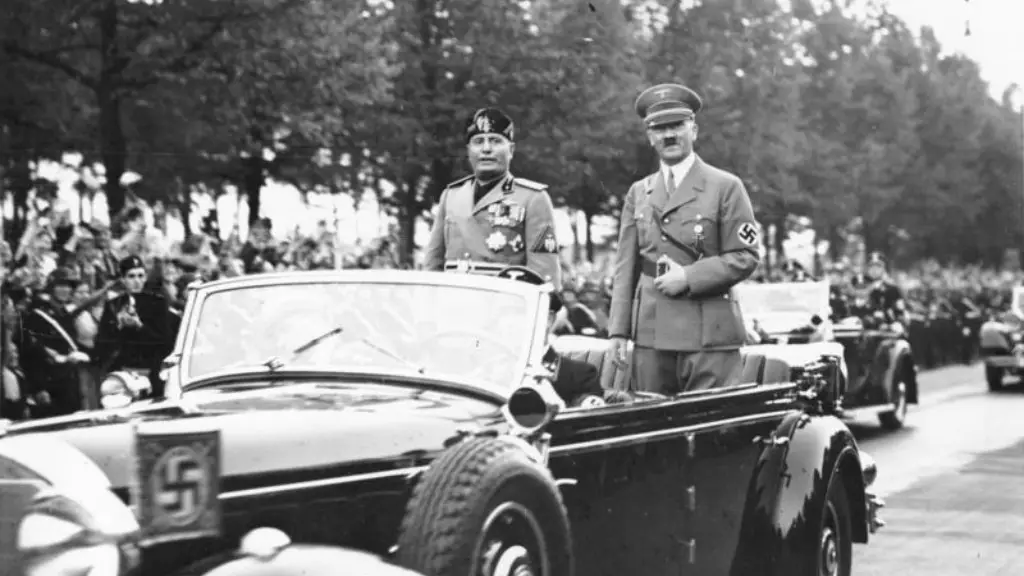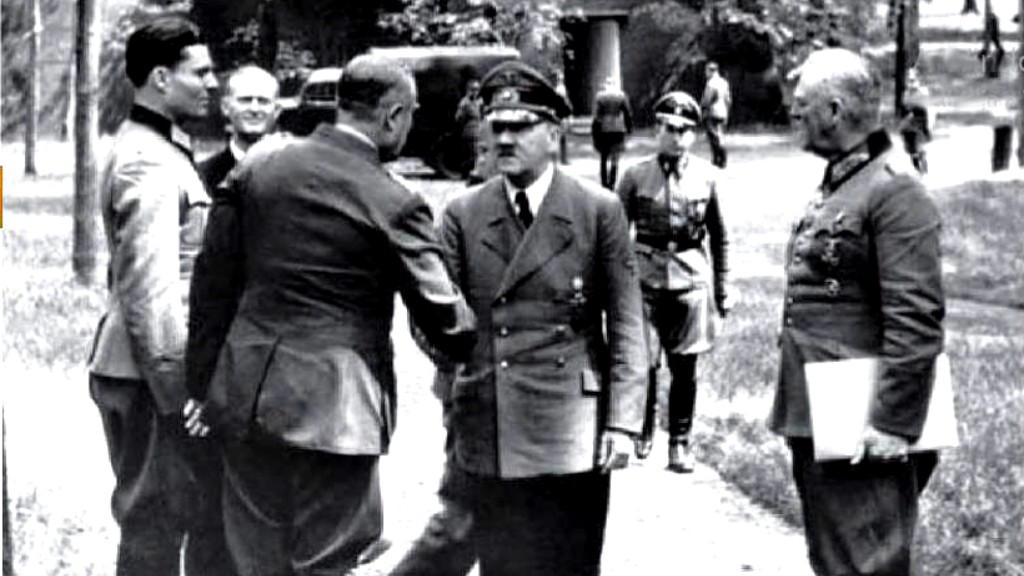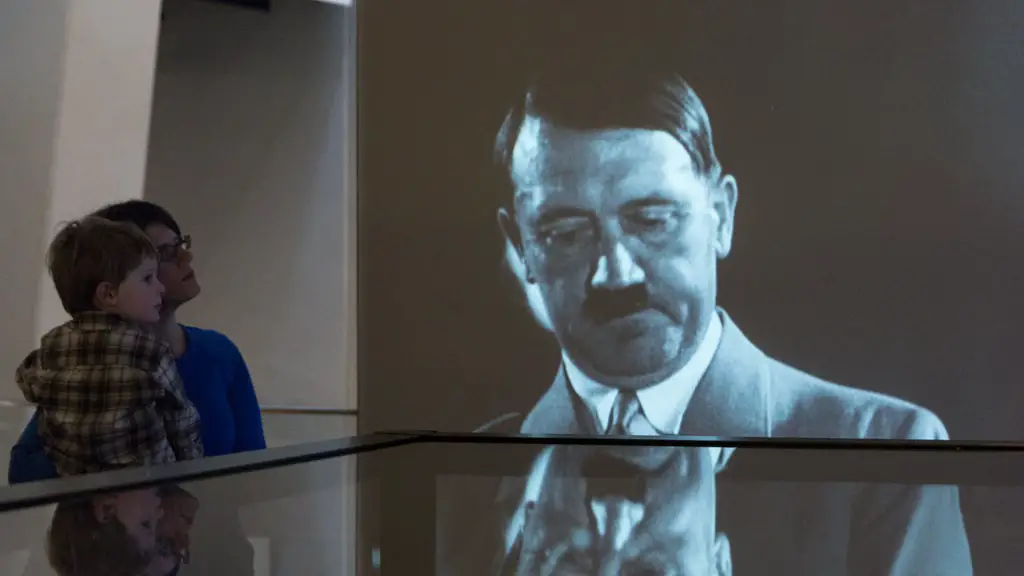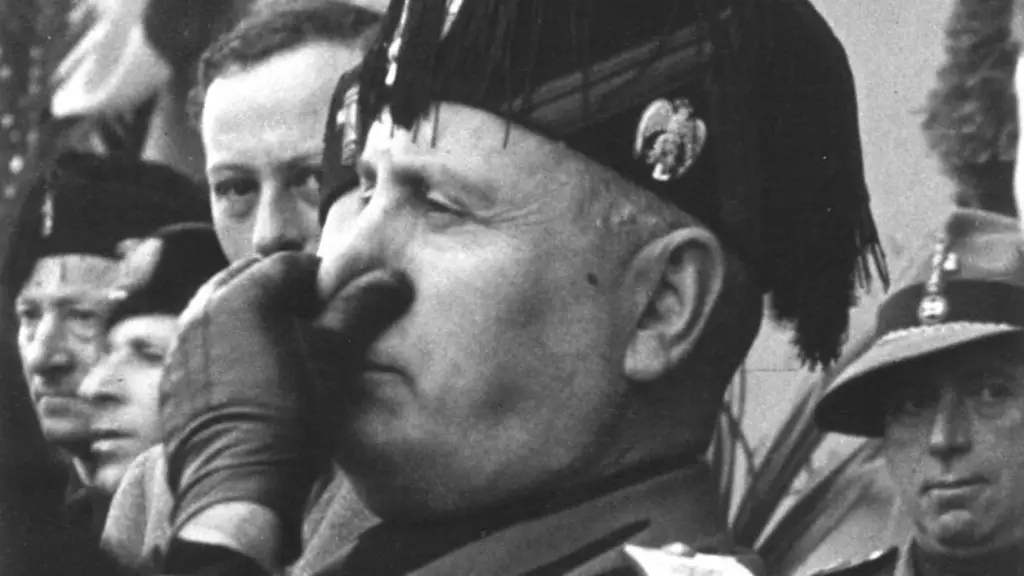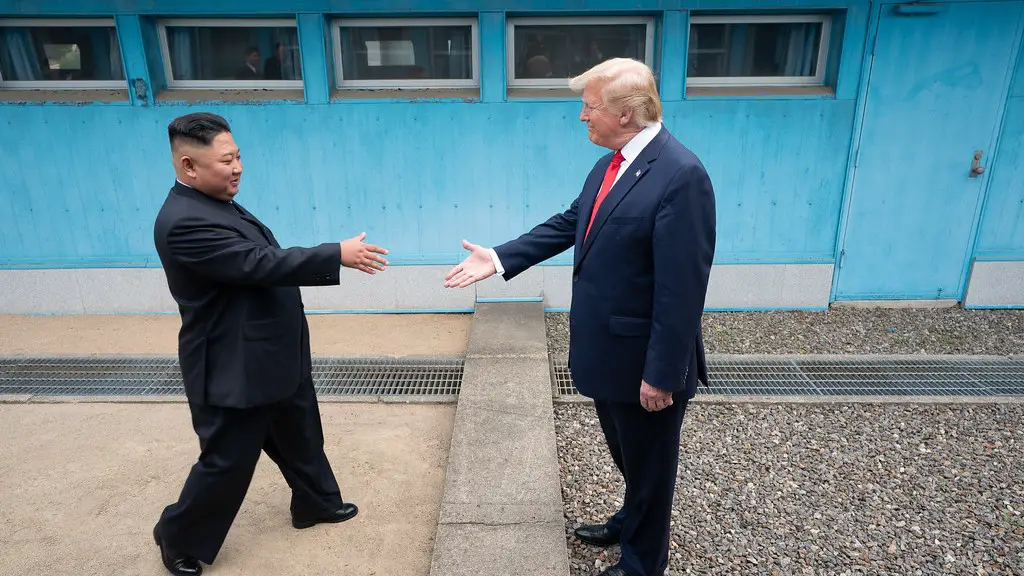In order to understand how Benito Mussolini took power, it is necessary to understand the political and social climate of Italy at the time. In the early 1920s, Italy was in a state of economic and social turmoil. The country had recently been through a devastating World War, and was now facing a number of serious problems. Inflation was high, unemployment was rampant, and there was a growing sense of dissatisfaction with the government. Into this mix came Mussolini, a charismatic and ambitious politician who was determined to take advantage of the situation.
Mussolini was a member of the National Fascist Party, and he quickly began to gain a following. He was a skilled speaker and was able to articulate the frustration and anger that many Italians were feeling. He also promised to bring about change, and to make Italy great again. In October 1922, Mussolini led a march on Rome, and the Italian government collapsed. Mussolini was now in control, and he would go on to rule Italy for the next two decades.
Benito Mussolini took power in 1922, after leading the National Fascist Party to victory in the 1923 general election. He then established a dictatorship and began enacting a range of policies designed to transform Italy into a totalitarian state.
How was Mussolini able to take over Italy?
Italy’s King, Victor Emmanuel III, refused to declare a state of emergency and impose martial law Instead he dissolved the government and asked Mussolini to form a new one Mussolini became both prime minister and interior minister, the latter post, critically, giving him control over the police. This gave Mussolini a great deal of power, which he used to consolidate his grip on the country.
The March on Rome was a turning point in Italian history, as it resulted in the rise of Fascism and the eventual creation of the Italian Empire. Prior to the march, Mussolini and the National Fascist Party had been gaining popularity and support, but they lacked the political power to take control of the government. The march changed all that, as it resulted in a bloodless coup that saw Mussolini take control of the government and establish the Fascist regime. The March on Rome was a pivotal moment in 20th century European history, and it is still studied and remembered today.
What factors led to Mussolini’s rise to power
Mussolini’s rise to power can be attributed to two main features, Mussolini’s talent in journalism and his recognition of the importance of the media and sheer force of personality. Mussolini was born in Northern Italy in a town called, Dovia di Predappio. Mussolini’s father was a blacksmith and his mother was a schoolteacher. As a child, Mussolini was described as being intelligent and hardworking. He was also known for being quite rebellious, often getting into fights and getting into trouble with the authorities. When he was eighteen, Mussolini moved to Switzerland in order to avoid being drafted into the Italian army. It was during his time in Switzerland that Mussolini began to develop his political views. He became interested in socialism and started to read the works of Karl Marx. He also became fascinated by the idea of revolution and the potential for violence to achieve political change.
In 1912, Mussolini returned to Italy and started his own newspaper, called Il Popolo d’Italia. His newspaper was very successful and Mussolini quickly became a well-known figure in Italian politics. In 1915, Mussolini supported Italy’s entry into World War I. He believed that the war would be a great opportunity for Italy to expand its territory
Mussolini’s accomplishment of becoming the youngest prime minister in Italian history at the age of 39 was certainly impressive. However, his pride in this achievement was not misplaced, as he went on to lead Italy for over two decades. During his time as prime minister, Mussolini oversaw a number of significant changes in Italy, including the establishment of a fascist dictatorship and the start of World War II. While his legacy is certainly controversial, there is no denying that Mussolini was a significant figure in Italian history.
What methods did Mussolini use to control?
Mussolini’s crackdown on opposition parties and labor unions was a major turning point in his regime. By eliminating potential sources of dissent, he was able to consolidate his power and establish a dictatorship. This move also helped to further marginalize and repress any opposition to his rule.
After becoming prime minister, Mussolini reduced the influence of the judiciary, muzzled a free press, arrested political opponents, continued condoning fascist squad violence and otherwise consolidated his hold on power. In doing so, he effectively eliminated any checks on his power and became a dictator.
What did Mussolini actually do?
Benito Mussolini was a political leader in Italy who became the fascist dictator of Italy from 1925 to 1945. He originally was a revolutionary socialist, and a newspaper journalist and editor. In 1919, he formed Italy’s violent paramilitary fascist movement, and declared himself prime minister in 1922.
Mussolini’s goal was to establish himself as a dictator in Italy. He did this by constructing the Italian parliament in a way that benefited the fascists.
Why did the king of Italy give power to Mussolini
Victor Emmanuel appointed Benito Mussolini as prime minister in an attempt to prevent a civil war. The king met Mussolini during World War I and was also a reader of Mussolini’s newspaper Il Popolo d’Italia.
Italian fascism was rooted in Italian nationalism, national syndicalism, and the desire to restore and expand Italian territories. Italian Fascists deemed these expansionist ambitions necessary for a nation to assert its superiority and strength. They also believed that WITHOUT these territorial conquests, Italy would succumb to decay.
How did Mussolini gain power in Italy quizlet?
In 1922, the Fascists marched on Rome to command the government to make changes. This resulted in the king giving Mussolini power over Italy. Mussolini suppressed rival parties, muzzled the press, rigged elections, and gave the Fascist party power. He also recognized the Vatican city as an independent state.
Mussolini was the Italian dictator from 1922 to 1943. He rose to power as the leader of the fascist party and became prime minister in 1922. As dictator, he increased Italy’s strength and power by expanding its territory and creating an empire.
What did Mussolini fight for
Mussolini was a committed fascist by 1918. He believed in a national struggle that transcended class lines, rather than a class struggle. This split with the socialists during the war over his support for Italian military participation. Mussolini became an ardent Italian nationalist.
Mussolini was a strong leader who was successful in consolidating power and mending relations with the Catholic Church. However, he was weak in his ill-thought out economic policies, foreign policy, and relations with Nazi Germany.
What type of leader was Mussolini?
Mussolini was a big supporter of fascism and was one of the movement’s main leaders. He was responsible for the spread of fascism to other countries during the inter-war period. Mussolini was a very controversial figure and his rule was often brutal. However, he did bring some positive changes to Italy during his time as leader.
Fascism is a political ideology that exalts nation and often race above the individual. Common themes among fascist movements include authoritarianism, nationalism, hierarchy and elitism, and militarism. Other aspects of fascism such as its “myth of decadence”, anti-egalitarianism and totalitarianism can be seen to originate from these ideas.
What is fascism vs communism
While both communism and fascism are systems that advocate for a certain type of equality, they are vastly different in their methods and overall goals. Communism is a system that is based on economic equality and advocates for a classless society. Fascism, on the other hand, is a nationalistic, top-down system that rigidly class roles and is ruled by an all-powerful dictator.
Fascism ultimately collapsed due to a combination of allied military victories and popular rebellions. Among the latter, strikes by industrial workers in Nazi-controlled northern Italy played a key role.
Conclusion
In 1922, Mussolini was appointed Prime Minister of Italy after leading a coup d’état. As Prime Minister, Mussolini oversaw a number of economic and social reforms, including the nationalization of key industries and the introduction of the fascist doctrine into the Italian government. In 1925, Mussolini declared himself dictator of Italy, solidifying his power and establishing a one-party state. Mussolini would rule Italy as a dictator until his downfall in 1945.
In conclusion, Benito Mussolini took power by using his position as Prime Minister of Italy to amass more power and institute Fascism throughout the country. He did this through a variety of means, including using the media to spread his message, using violence and intimidation to silence his opponents, and using his position to co-opt and co-opt the government.
